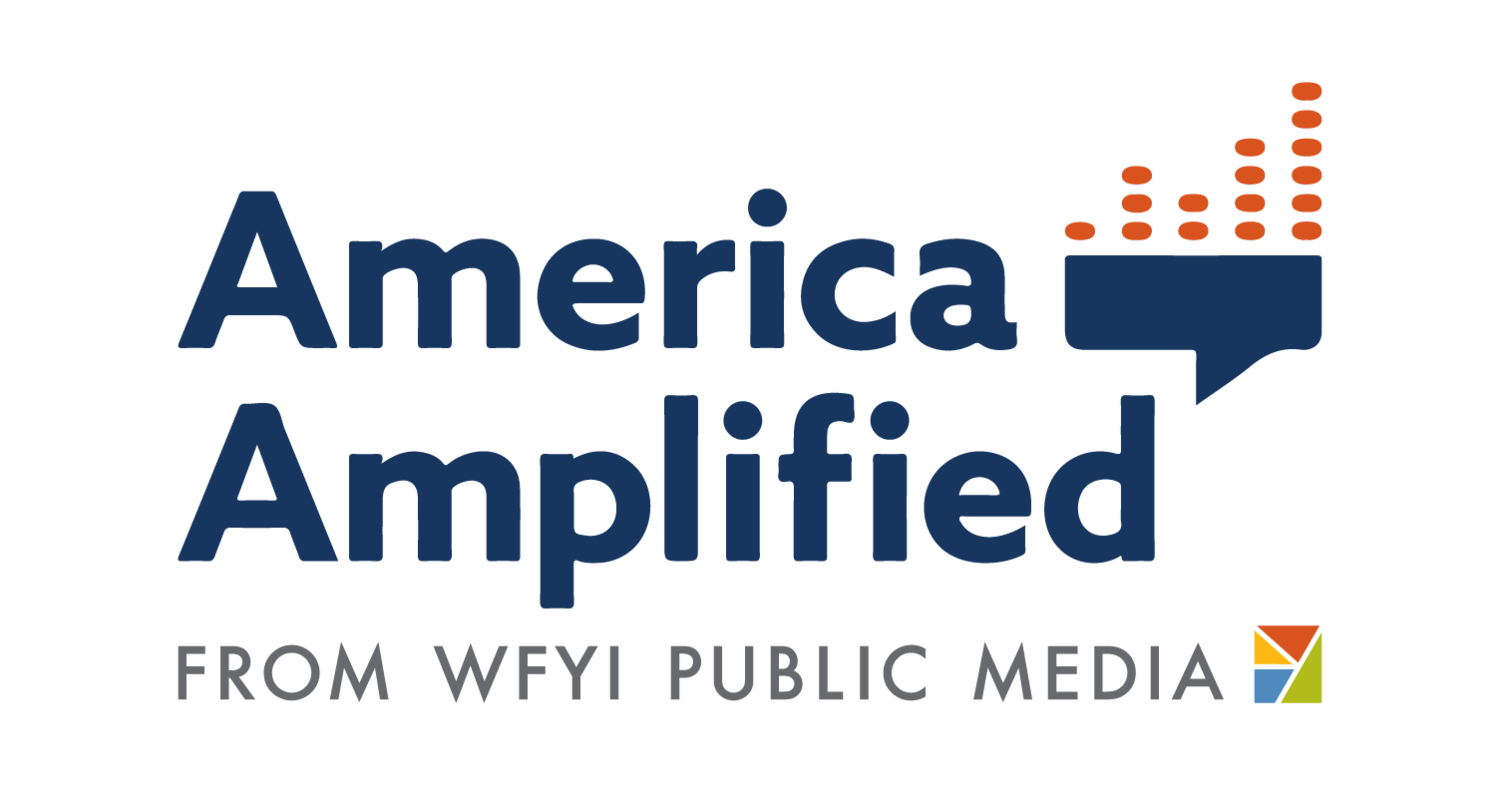
Setting Up Your Team For Success
Newsroom Leadership
Staffing
From your newsroom and other departments at your station, to your community, successful community engagement means including everyone in the process. This section will take you through how to evolve your newsroom structure and plan for the future.
Involve your staff and hire for engagement.
Before you do anything, take a closer look at your staff. You may already have people in your newsroom (or in other departments) who have the desire to follow up on leads and dig deeper into communities.
If you are embedding engagement into existing jobs, consider changing job titles to indicate a shift — from reporter, producer or editor to community engagement reporter/producer or audience editor. Consider what this person can do less of in order to engage.
In addition to the competencies you’d look for in any journalism position (i.e. can work in a fast-paced environment, multimedia skills, etc.), look for people who have demonstrated:
An ability and desire to engage “with” communities before, during and after reporting “on” them.
Cultural competency; respect for diverse perspectives, experiences and narratives.
Bonus: Multilingual skills.
Also, in addition to finding staff and hiring for engagement, consider some larger cultural/workplace shifts that can help this process:
Break down silos within your station. Marketing and development departments often do a great deal of community engagement, as do education departments at joint licensees and large stations. Convene a meeting of all of these stakeholders and discuss how newsroom engagement can complement and learn from these practices. Design a workflow that involves all of these departments.
Brainstorm as a team. Get buy in from everyone as you begin this journey – you’ll be surprised at some of the ideas that come forward.
Create new beats and launch them with engagement at their core.Set up workflow to track engagement. Make sure everyone is tracking anecdotal and concrete feedback on or from engagement – a slack channel, a spreadsheet. Share successes widely and often.
Bring reporters, talk show producers and community engagement producers together regularly to discuss what they are hearing in their daily reporting. Small insights into a community can lead to opportunities to meet an information need.
Diversify your newsroom.
Set a goal to have your newsroom staff reflect the demographic makeup of the communities you serve or want to serve.
Hire for diversity and representation for full-time and part-time positions. (Check pocinaudio.com or post on social media groups such as Journalists of Color in Public Media or Public Media for All.)
Write job descriptions that encourage applicants from diverse backgrounds.
In the interview process, tailor your questions to encourage a wide diversity of response.
Hire a specialist.
Create a position for a person who has demonstrated impact by engaging communities. Embed that person in the newsroom to inform the editorial process before content creation and ensure that the job’s salary is equal to what you would pay a reporter/producer or a director.
Bring in new resources.
Recognize that effectively meeting a community’s information needs may require extra resources such as: translation services to provide stories in various languages; creating visuals that can be printed and mailed; buying geo-targeted print and digital ads to reach communities outside of your core audience; or stipends or honorariums to pay community partners for their time to help connect you with their communities.
Funders are increasingly interested in supporting engagement journalism and particularly engagement with historically underrepresented and/or marginalized communities. Bring those goals to your development team and ask for help.
Share ideas with your development team about how community engagement journalism will meet the information needs of communities. In funding requests, Examples of funding requests include resources to purchase a texting service or for specialized staff.
Supporting your staff
It’s also important to look after your staff’s well-being and give them a space to share their thoughts on the efforts. Here are some ideas on how to do that.
Celebrate quick wins and give permission for fast failures.
Recognize relatively quick wins such as improving diversity in sourcing, a strong response to a survey from a new community or a community conversation that brought together people across differences.
Acknowledge all staff and name people who contribute to the success.
Don’t ignore failures or efforts that could be improved. Convene the content leadership and ask what was learned and what’s next. Reference your metrics and adjust.
Also, remember that numbers aren’t everything. A producer may be experimenting with a new platform that only generated an audience of 50 people, but if it’s 50 people who represent a new audience, that’s a win.
Encourage content critiques.
While source audits reveal gaps and biases, a content critique can help you assess other parts of your coverage. Not just whom you talked to, but why you talked to them, the language you used, how and why you told the story.
Taking the time to think critically about the news product is an essential step that is often missed because journalists are busy moving on to the next story. Station and newsroom leaders should make this a priority in their workflow.
Nurture staff well-being.
Your most valuable asset to sustain a change is people. Is there a culture of belonging at your station that shows care and attention to individuals?
Give a comp day after an intense period of work spent on an initiative, event series, community conversations or launch of a content series.
Community engagement, especially around difficult topics, can be draining. Make time for renewal.
Pay attention to people spending time out in communities or getting information to the newsroom. The people who practice the nuts and bolts of engagement, especially if it’s a new position, should hear from the leadership that their work is valuable.
When you have a powerful story to tell about the impact of the station’s engagement (say, at a board meeting), ask the practitioners to convey that story.
Ensure the future of your investment.
Regularly update your strategic plan to guide where your station is headed in terms of community engagement.
Incorporate any vision work your station has done.
Help future leaders by being explicit about the central role of community engagement at the station and why it’s important.
-
Trusting News has guidance on Dimensions of Difference in hiring practices.
Gather has a wonderful resource listing various job descriptions for community engagement journalists.
Watch America Amplified’s webinar on breaking down silos to raise funds for community engagement work. (You can also read about it here.)
Hearken looked for and found evidence that engagement can drive revenuefor news organizations.
LAist/KPCC in LA created a cohort to explore how engaged journalism is a revenue strategy.
READ: Making the fundraising case for community engagement journalism.
If you’re creating reaching Spanish-speaking audiences.partnerships with other media, make sure they are equitable.
Learn more about reaching Spanish-speaking audiences.
CASE STUDY: Facebook Live en Español: KUNR’s efforts to fill a need and grow an audience
Ready to continue your journey?
You are here.





